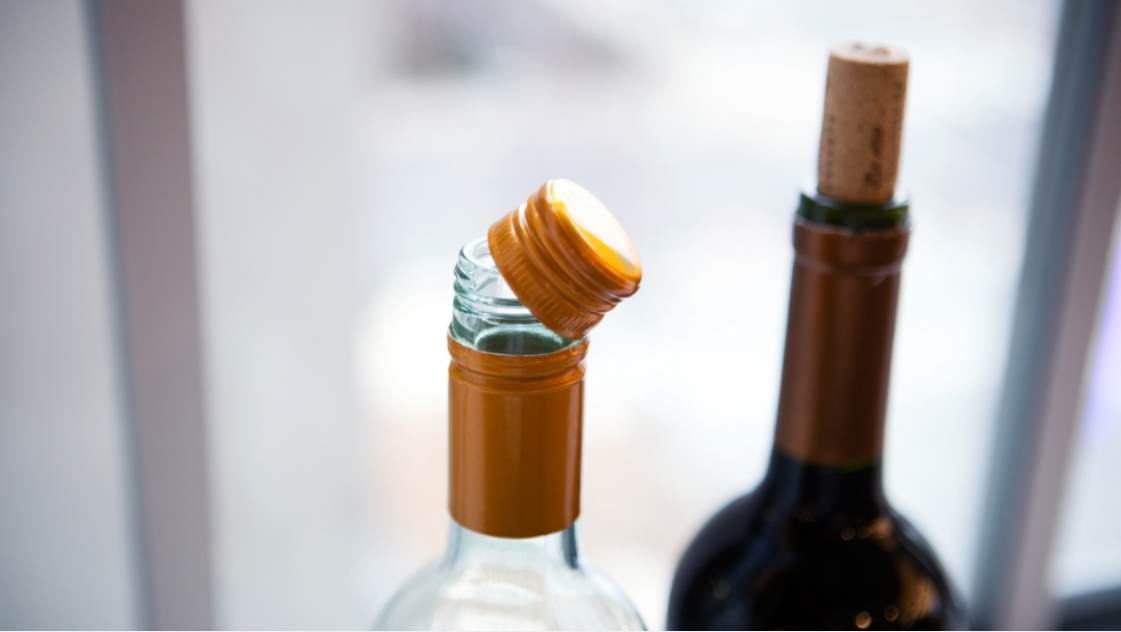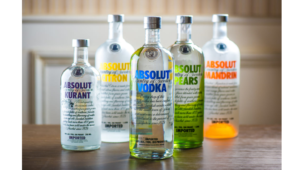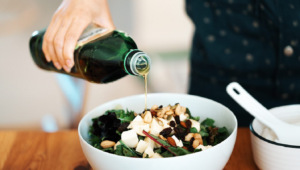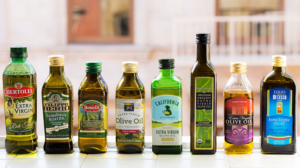For winery, finding desired wine glass bottles will promote your wine brands. Perfect glass bottles for wine work as signature of branding. Apart from wine bottles glass, the wine bottle closures for empty glass wine bottles are important. It’s an age-old question of whether a cork or screw cap is superior. As experienced glass wine bottle exporters, I thought screwtops were only used on glass wine bottles of inexpensive wine. Do natural corks make my wine taste off? I’ve heard that’s the case.
In the event that you find yourself asking these questions, continue reading as we debunk some fallacies, explain a few facts about various closure choices for wines, and appreciate the fact that we can even have this argument in the first place.
If you offer custom wine bottles for sale and are confused about the closure, this article is for you!
Why is bottle closure important?
The apparent advantage of a wine bottle closure is that it keeps your great wine within the bottle until you are ready to consume it. However, beyond this obvious benefit, the main aim of a wine glass bottle top is to prevent an excessive quantity of oxygen from getting in.
We’ve all been there – either trying to finish off a bottle of wine that we’ve forgotten about for a few days or ordering a glass of wine from a bottle that has likely been open for far longer than it should have been.
These apparent nutty and sherry-like scents, together with the loss of vibrant fruit and a browning hue, are all indications that our wine has been exposed to an excessive amount of oxygen.
Even if the addition of oxygen may be necessary at certain stages of the winemaking and aging processes, in general, having an excessive amount of oxygen in still wines that we drink on a daily basis is something to be avoided.
Types of Wine Bottle Closures
The screw cap and the cork are the two types of wine closures that are used most often. Let’s take a deeper look at the rationale behind this, as well as the context in which it is employed.
Natural Cork Wine Bottle
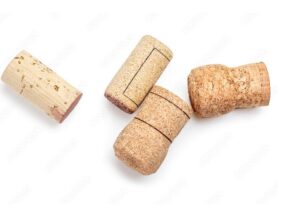
We have all experienced the hilarious challenge of removing the cork off a bottle of wine. When you are by yourself, relaxing with a glass or two in the warmth of your own home, of course, this kind of thing never occurs.
It never fails to occur when you have an audience, such as when the host of the dinner party asks, “Oh, you wouldn’t mind opening the wine, would you?”
When you pull on the corkscrew after it has been completely embedded in the cork, nothing occurs. You keep tugging until your arm begins to cramp and you break out in a cold sweat, but eventually you succeed.
The corks for wine bottles make quick work of reducing it to a dozen or more powdery pieces, which are then deposited in an orderly fashion into the bottle. The pinnacle of viticultural achievement.
Conventions associated with cork
Corks are small bits of tree bark, yet many who support their usage feel quite passionately about the issue despite the fact that they may sometimes create more issues than they resolve. They’ve been around forever! They provide an air of distinction! They contribute to the wine’s appropriate aging! They are an essential component of the ritual of cracking open a bottle!
However, given that they are natural substances, there is a wide range of effectiveness among them. About three percent of wines have what’s known as “cork taint,” which is a form of fungus that may cause the wine to go bad but isn’t evident until the wine has been aged and bottled.
It may be difficult to determine how much breathability any one piece of cork has, despite the fact that corks control the amount of air that enters a bottle, which helps some wines age correctly by smoothing out the tannins, rounding out the flavors, and expressing themselves fully.
History of natural cork
The history of the natural cork closure may be traced back thousands upon thousands of years. In point of fact, cork bottle stoppers have been discovered in tombs that date back to ancient Egypt. The bark of two different species of cork oak trees, which are native to the Mediterranean and the Iberian Peninsula, is stripped off and used to make natural cork.
Because of its porous nature, cork allows trace quantities of oxygen to enter the wine. This may be advantageous for wines that are extremely tannic and need more time in the bottle to enable the tannins to soften. Therefore, in this instance, oxygen – at very little levels that are regulated – might be a friend to a bottle of wine.
On the other hand, natural cork may also be subject to the formation of TCA, commonly known as trichloroanisole. We refer to this as “cork taint” or our wine being “corked,” and we may distinguish it by the disagreeable scents of damp cardboard, musty cellar, or mildewed dishcloth.
So, while choosing the closure for your clear wine glass bottle, you need to keep in mind which wine you’re actually packaging!
Screw Top Wine Bottles

In many respects, screw caps are more accurate and efficient than corks. Nonetheless, they still have obstacles of their own, the most notable of which is that people continue to see them as a sign of inexpensive wine. However, the difference between the two is now rather more difficult to make.
Wineries that date back to the old world often maintain the traditional idea that wine is an expression of the land. It is intended that finished wines would have depth, texture, and complexity. These characteristics are more strongly connected with cork-finished wines rather than other types of wine finishes.
Some wine brands prefer custom designed glass bottles manufactured from custom glass bottle manufacturer, just forward your custom glass bottle project to China glass bottle manufacturer.
If you have travelled to New Zealand or Australia, you will find that screw-on caps are mostly preferred for wine brands and wineries. According to the latest research study, wine bottles with screw lid have been the top wine closure option in Australia and New Zealand. Around 90% wine brands choose screw caps wine bottle.
Wineries from the new world
When it comes to wineries from the so-called “new world,” they often make an effort to convey the varietal character of the wine. The final goods that they create often put an emphasis on showing the varietal qualities of the fruit. These characteristics may be connected to caps that screw on and off.
Therefore, despite the fact that wines with screw-tops could have the reputation of being “cheap,” this kind of closure is usually never an indication of the wine’s quality when it comes to wines from “new world” regions.
On the other hand, the presence of a metal or plastic cap is often an indication that the winery that produced it was so meticulous in the making of their product that they did not want to add the natural variability of cork.
History of screw caps
In the 1950s, a French business known as Le Bouchage Mecanique was responsible for the invention of screw caps. They are typically constructed out of metal and include a thin plastic lining on the inside.
Screw caps do not present the same risks of developing cork taint as natural cork, but they also do not let oxygen into the bottle. Because of this, screw caps are typically found on wines that are intended to be consumed at a younger age, such as many whites and fruity reds.
Cork taint is a flavor that develops in wines when the natural cork is used. On the other hand, there are a significant number of winemakers claim that screw cap closures are an acceptable option for high-quality and premium wines.
In fact, several wine areas have built their whole wine identity on screw cap wines!
Advantages and Disadvantages
Both corks and screw caps have their advantages as well as their disadvantages in decorative wine bottles. Although screw caps may be more reliable, it should be noted that they do not occur naturally (though they can be recycled).
The perception that screw caps are “cheaper” than cork alternatives is one of the most significant challenges faced by the wine industry. Corks are historically acceptable, despite the fact that they are more costly and have the potential to impart a cork flavor to wines.
In light of all of this, it should be clear that neither option is inherently superior to the other. Give wines with screw caps a try, but don’t completely discount those with corks, particularly if you’re interested in mature wines.
Pros of Cork
Cork has several advantages, including the following:
- Create a very airtight seal while yet allowing a little amount of oxygen to enter the bottle, which helps the wine to mature.
- History dating back centuries and a strong sense of tradition.
- The distinctive and instantly recognizable sound of a cork popping.
- Natural cork may be preserved with the use of the Coravin wine preservation method (incompatible with screw tops).
- Because it is biodegradable, it does not do any damage to the natural environment.
- Produced in a manner that does not damage the environment.
Cons of Cork
- Easily affected by the cork taint
- More difficult to open, and you’ll need a corkscrew for it.
- Easily susceptible to cork breakage, particularly when it is old and brittle.
Pros of Screw Tops
The advantages of a screw top are:
- It can be opened quickly and easily, and it offers excellent portability after it has been used
- Completely seals and does not let air enter, which results in the wine maintaining its freshness for a longer period of time
- There is no danger of cork taint or cork breakage
Cons of Screw Tops
- Incompatibility with the wine preservation method known as Coravin
- Reductive odors, such as those of burned matchsticks, cabbage, and rubber, may be the consequence of an inadequate supply of oxygen
- Does not have the same historical allure and romanticism as popping a cork
- Results in an increase in the amount of plastic in the environment
- Not biodegradable
Empty Glass Wine Bottles For Sale
When it comes to wine glass bottles, the first bottle in our mine maybe 750ml wine bottles for sale. 750ml glass bottle is standard size for wine packaging, and 750ml glass wine bottles are the best selling according to wine botlte supplier. If you are looking for quality empty glass bottles for wine, the first thing is to confirm wine bottle sizes. Apart from 750ml wine bottles, 375ml wine bottle, 187ml bottle, mini wine bottles, magnum bottle, larger size of 2L, even 5L wine bottles are also common for wineries.
The second thing is correct wine bottle closures. Whether you are planning to buy favourite brand of bottled wine for a house party or you own yourself winery and looking for glass wine bottles, one concern about wine bottles you have to make your decision. That is choosing wine bottles with cork closure or wine bottle with screw-top.
Once selecting the right glass wine bottle and suitable closures for your wine packaging, how to make your wine glass bottles uniquely? Of course, creating custom glass bottles will make your wine brands different from competitors. However, wholesale glass wine bottles with personalized decorations will increase your brand value, like black wine bottles, blue glass wine bottles.
Do you want to know what type of closure for wine branding is the market trend? Consult China glass bottle manufacturer and you will know the secret about wine bottle manufacturing.

